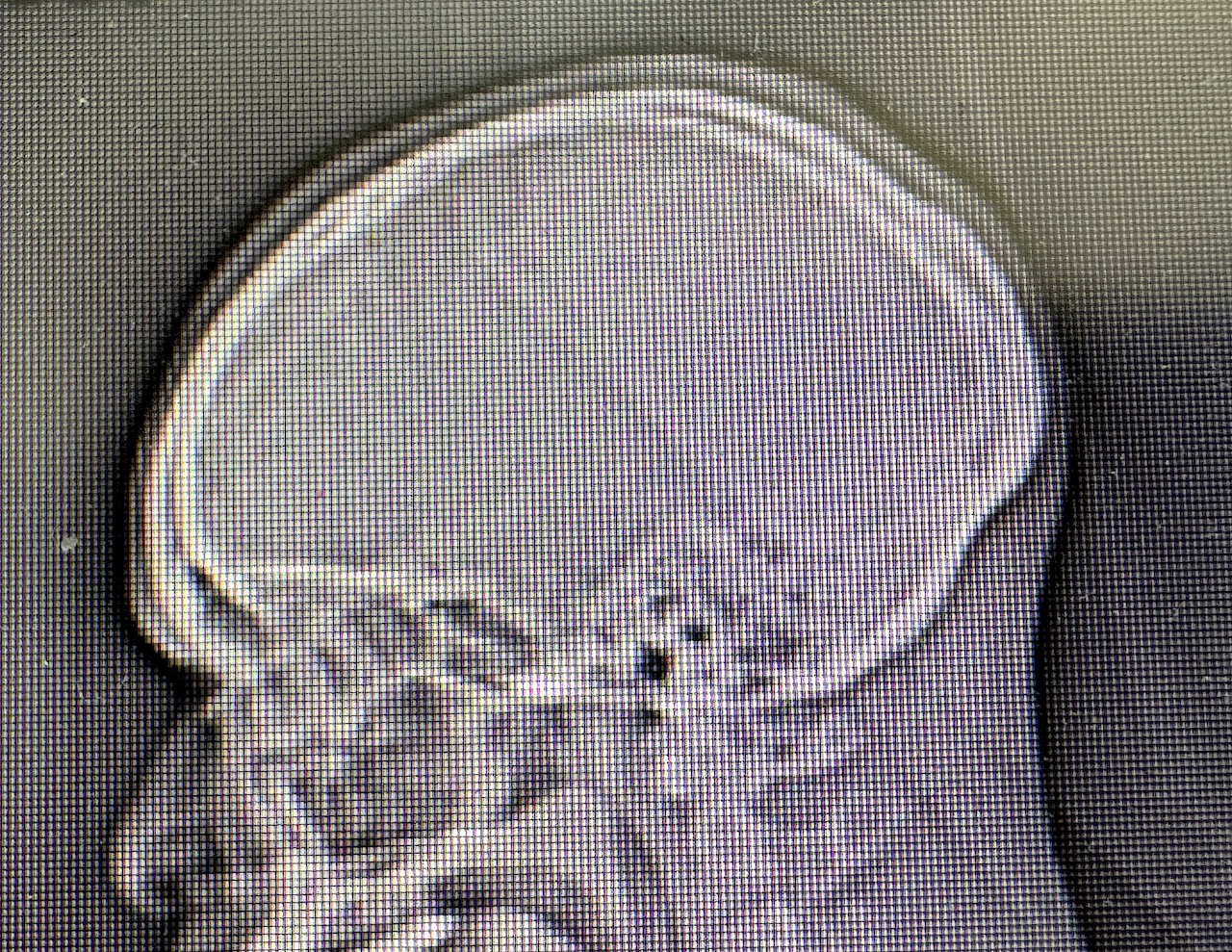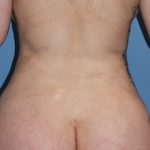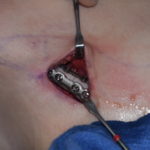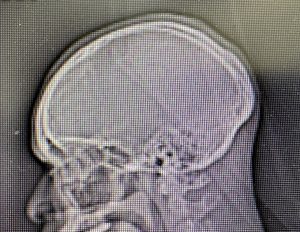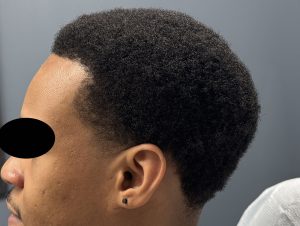Background
The success of skull reduction surgery depends primarily on the thickness of the undesired bony protrusion. These protrusions are generally categorized as either ectopic or developmental.
-
Ectopic skull protrusions are localized bony bumps, often resulting from trauma. They tend to be thicker than the surrounding bone. The most well-known of these is the osteoma, which is typically reduced by contouring the abnormal bone to the level of adjacent normal skull through small scalp incisions.
-
Developmental protrusions, by contrast, affect larger surface areas and may involve an entire bone plate or suture line. The potential for successful reduction hinges on the outer cortical thickness—specifically, how much of the bulge is removable bone versus a thinner skull being pushed outward by the underlying brain. Only the former scenario allows for a meaningful and safe reduction.
The Occipital Bone and Protrusions
The most common developmental protrusion I treat is located on the back of the head—specifically the occipital bone. While a smaller, more localized bump at the inion (the occipital knob) is also common, this is simply an enlarged anatomical spike of bone and not a true occipital bone deformity.
In cases where the entire occipital bone, between the lambdoid sutures superiorly and the nuchal ridge inferiorly, becomes enlarged, we refer to this as an occipital bun deformity. In my experience, this presentation occurs exclusively in males and appears to have ethnic predispositions.
Because the occipital bone is the thickest bone of the skull, protrusions in this area are consistently due to increased bone thickness, not underlying intracranial expansion. This makes it an ideal candidate for effective and safe reduction. The outer cortical table of the occipital bone is typically quite thick, allowing for significant contouring.
Case Presentation
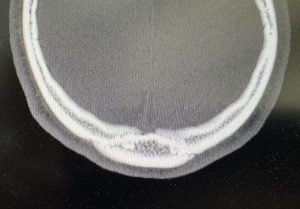
Surgical Technique
Under general anesthesia and in the prone position, a small scalp incision was made directly over the protrusion. A subperiosteal pocket was elevated to expose the full extent of the occipital bun.
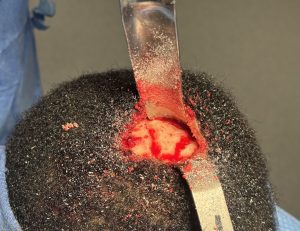
Once all quadrants were excised, high spots were smoothed with a burr to refine the skull contour.
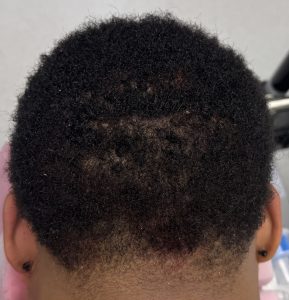
Postoperative Results
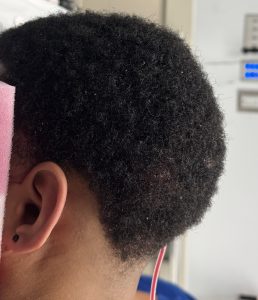
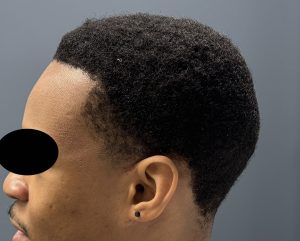
Surgical Considerations
Although all patients I have treated for occipital bun deformity have had increased bone thickness, it is still essential to obtain a preoperative CT scan. This imaging:
-
Confirms that the protrusion is due to bone thickness, not brain herniation.
-
Allows both patient and surgeon to visualize the deformity.
-
Enables precise measurement of how much bone can be safely removed.
-
Assesses whether a smoother, more desirable profile can be achieved.
Key Takeaways
-
The back of the head is the most common site for skull reduction surgery.
-
Occipital bone reductions allow for the most substantial improvements due to their inherent thickness.
-
Circular reductions are best approached using a radiating bone cut pattern to ensure balanced contouring and smooth results.
Dr. Barry Eppley
World-Renowned Plastic Surgeon

